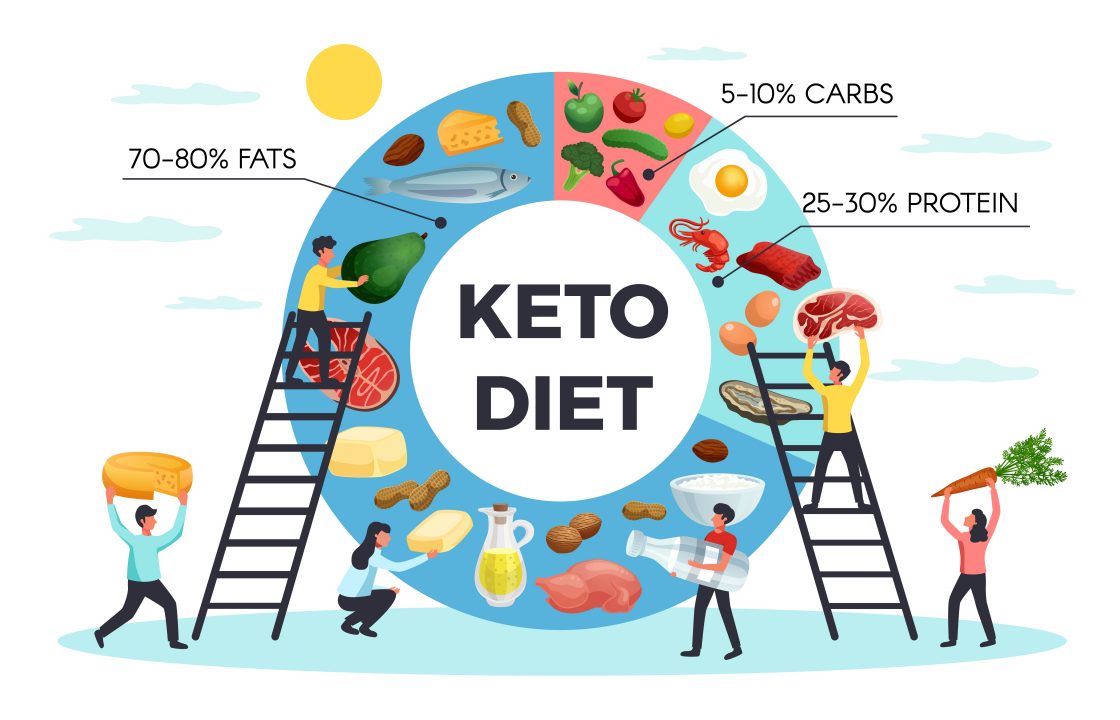The term negative-calorie food typically refers to food that supposedly takes more calories to eat, digest, and process than it naturally contains and gives to your body.
If these foods exist, you could theoretically lose weight by eating them, as you would use more calories eating and digesting them than you gain from their calorie content.
Negative-calorie foods supposedly require more energy to digest and process than they provide to your body. Fruits and vegetables with high water content and few calories are often marketed as negative-calorie.
Foods such as celery, grapefruit, broccoli, tomatoes, and cucumber have been touted as negative calorie foods. However, there is no scientific evidence to support this idea. Although they are very low-calorie foods, with seven to 30kcal per 100g, it still takes less energy than this to process them. This is because they contain large amounts of water and fiber, which have a very low energy cost.

In 2014, a study aimed at determining the effects of negative-calorie diets (NCDs)supplemented with exercise on weight loss and lipid profile and compared its efficiency with low-calorie diets (LCDs) with exercise among elderly adults with abnormal weight gain.
In contrast to the growing body of advertisements and their claims, this study showed that both experimental groups showed similar patterns of weight loss. Under exercise conditions, weight loss obtained by a Negative-calorie diets (NCDs) had no advantage over low-calorie diets (LCDs) regarding weight loss or the occurrence or development of cardiovascular dysfunctions.

Conclusion:
Negative-calorie foods allegedly take more calories to eat, digest, and process than they provide to your body. They are typically low-calorie vegetables and fruits with high water content.
However, it is unlikely that any of these foods are genuinely negative-calorie, though they can be part of a nutritious, healthy diet. Rather than focusing on specific foods that supposedly trick your body into burning more calories than it consumes, aim instead to enjoy various nutritious foods.
References:
https://pubmed.ncbi.nlm.nih.gov/25539547/



